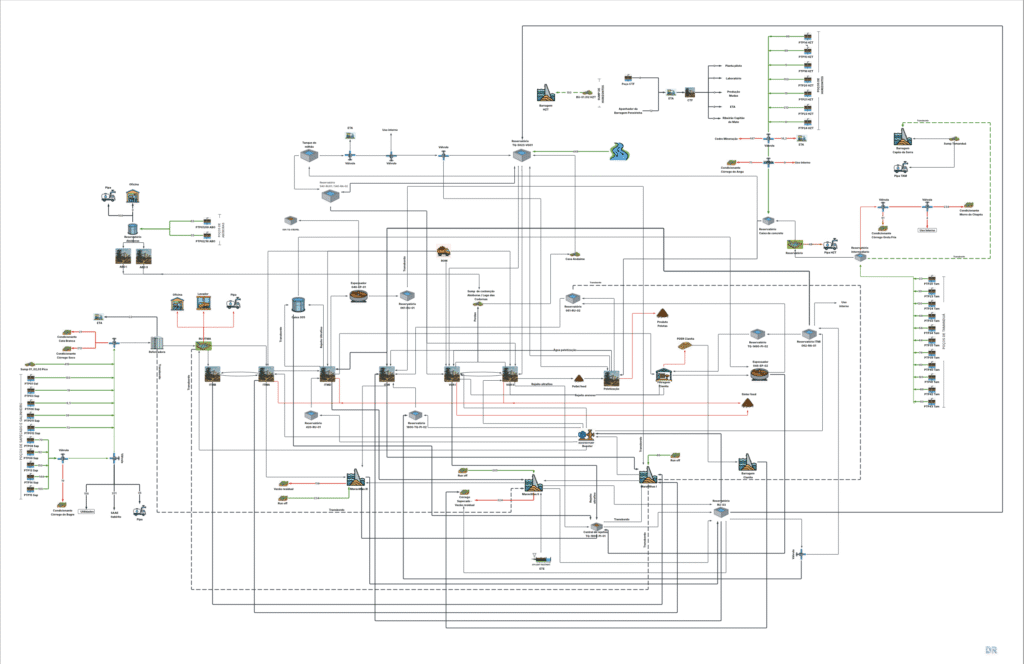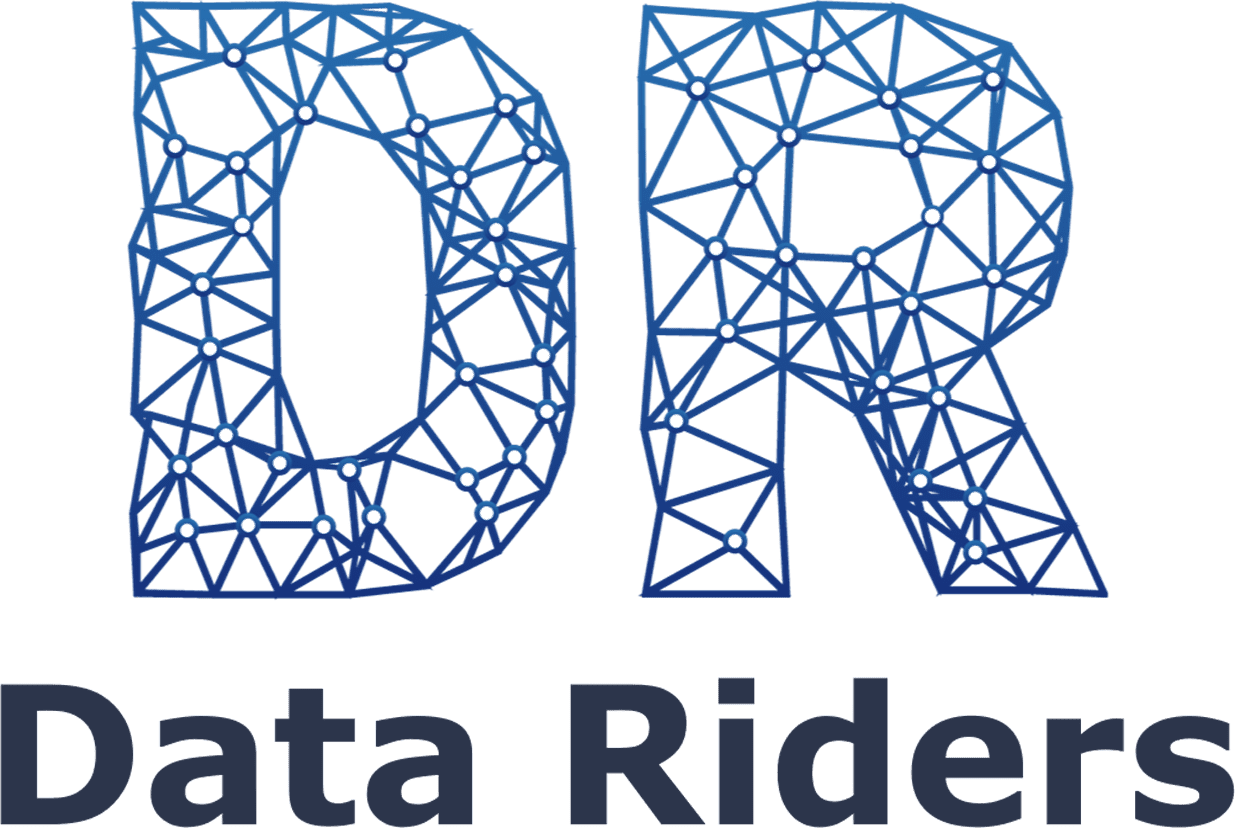Effective water management is essential for the sustainable and operational performance of large companies in the mining sector. With the goal of addressing the complex challenges of water resource management in large-scale mining operations, Data Riders developed and implemented an integrated approach using Artificial Intelligence (AI) to enhance control, efficiency, and governance of operational water processes.
In a strategic project with a major global mining company, Data Riders carried out a thorough review and modernization of water management processes in a complex operation that involved multiple stages—from water intake to disposal or reuse in industrial facilities and tailings dams. The project comprised four main stages: detailed mapping of water assets, development of the operational water diagram, application of advanced models for water balance calculation and performance indicators, and implementation of international best practices.
Mapping of Water Assets and Infrastructure
The first stage of the project involved an extensive technical survey of all water assets in the operation, including underground wells, sumps, surface intakes, dams, reservoirs, pumps, and operational water distribution systems.
This detailed mapping became the essential foundation for integrated water management, enabling clear communication between different operational sectors and facilitating strategic water use planning.
Development of the Integrated Operational Water Diagram
With assets identified and mapped, Data Riders developed an Integrated Operational Water Diagram—a detailed and visual schematic of the water operation that enables precise and transparent tracking of all water inflows, consumption, reuse, and outflows within the mining complex.
This operational diagram included all interfaces between different areas (production, treatment, tailings disposal, and environmental), clearly illustrating the internal and external water relationships of the operation. The result was an essential tool for strategic and operational decision-making, making it easier to identify critical flows and areas requiring greater attention or optimization.

Advanced Water Balance Calculation and Performance Indicators
To ensure the accuracy and efficiency of water management, Data Riders applied analytical models to calculate the operational water balance. Following the guidelines of the international MCA Water Accounting Framework, the analysis included previously overlooked flows such as direct precipitation, run-off, water contained in the ore (ROM), and water retained in tailings.
This approach enabled a complete and auditable water balance, generating detailed reports and key performance indicators (KPIs) for water management, such as reuse rate, percentage of losses, and critical flow rates.
Implementation of Best Practices and Water Governance
Based on the results obtained, Data Riders implemented a series of international best practices in water management. Improvements in monitoring were proposed, prioritizing the installation of automated instruments for flow and level measurement, significantly increasing the accuracy and reliability of collected data.
Additionally, clear water governance processes were established, including systematic follow-up routines and review meetings with stakeholders, enabling informed and proactive decision-making.




